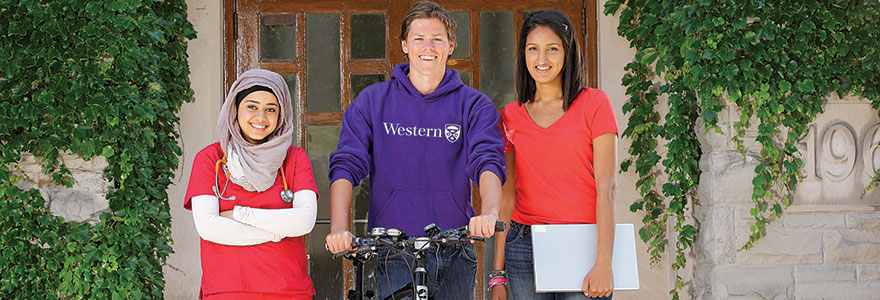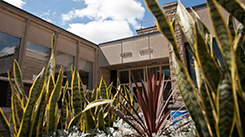Undergraduate Courses

The School of Communication Sciences & Disorders offers the following courses to undergraduate students who are interested in Audiololgy or Speech Language Pathology and are considering graduate studies in either field. Consult Western's Academic Calendar for more information or contact the Program Assistant.
CSD 3317A/B - Human Rhythms
0.5 credit
Cross listed as HRS 9603 for graduate students. Includes an additional course project.
The human body produces many rhythms from the brain (the electroencephalogram or EEG), heart (electrocardiogram or ECG), muscles (electromyogram or EMG), ears (otoacoustic emissions), and even the voice. These 'signals' can tell us about the body's function including clinically useful information used in the diagnosis of disease. Learning to work with physiological signals is a modern skill that is useful in diverse areas such as neuroscience, psychology, medical sciences, nursing, health and rehabilitation sciences, kinesiology, audiology, speech language pathology, and other sciences. Artists interested in the human body may also find working with these rhythms useful. This course introduces the basics of working with physiological signals measured from the human body.
- Students learn introductory MATLAB programming, which is a useful skill across many disciplines
- Designed for beginners without prior programming experience or experience with signals
- Classroom sessions are followed by hands-on exercises in the computer laboratory with David Purcell, PhD (purcelld@nca.uwo.ca) and a teaching assistant
- Academic Calendar Information
CSD 4411A/B - Introduction to Speech and Language Disorders
0.5 credit
Students will be introduced to the full range of speech, language, swallowing, hearing, and cognitive-communication disorders seen by speech-language pathologists and audiologists. Topics include areas of practice for speech-language pathologists and audiologists; fundamental anatomical and neuroanatomical structures involved in speech, language, hearing, and swallowing; normal speech, language, and communication development; epidemiology, etiology, symptomology, assessment and treatment of communication and related disorders in children and adults.
CSD 4417A/B - Hearing Science
0.5 credit
The study of human hearing from acoustics to the physiological and psychological correlates of sound. Topics include physical acoustics, anatomy, physiology, sensitivity, masking, loudness, pitch, binaural phenomena, and auditory streams. Course activities provide experience in acoustical calculations and psychoacoustic experimentation and data analysis.


